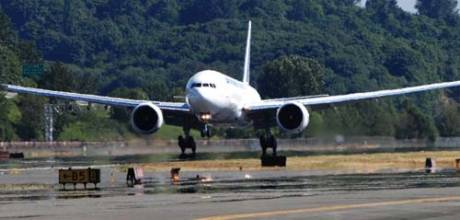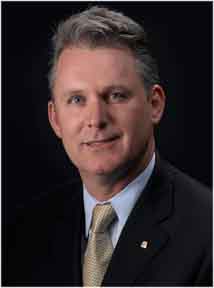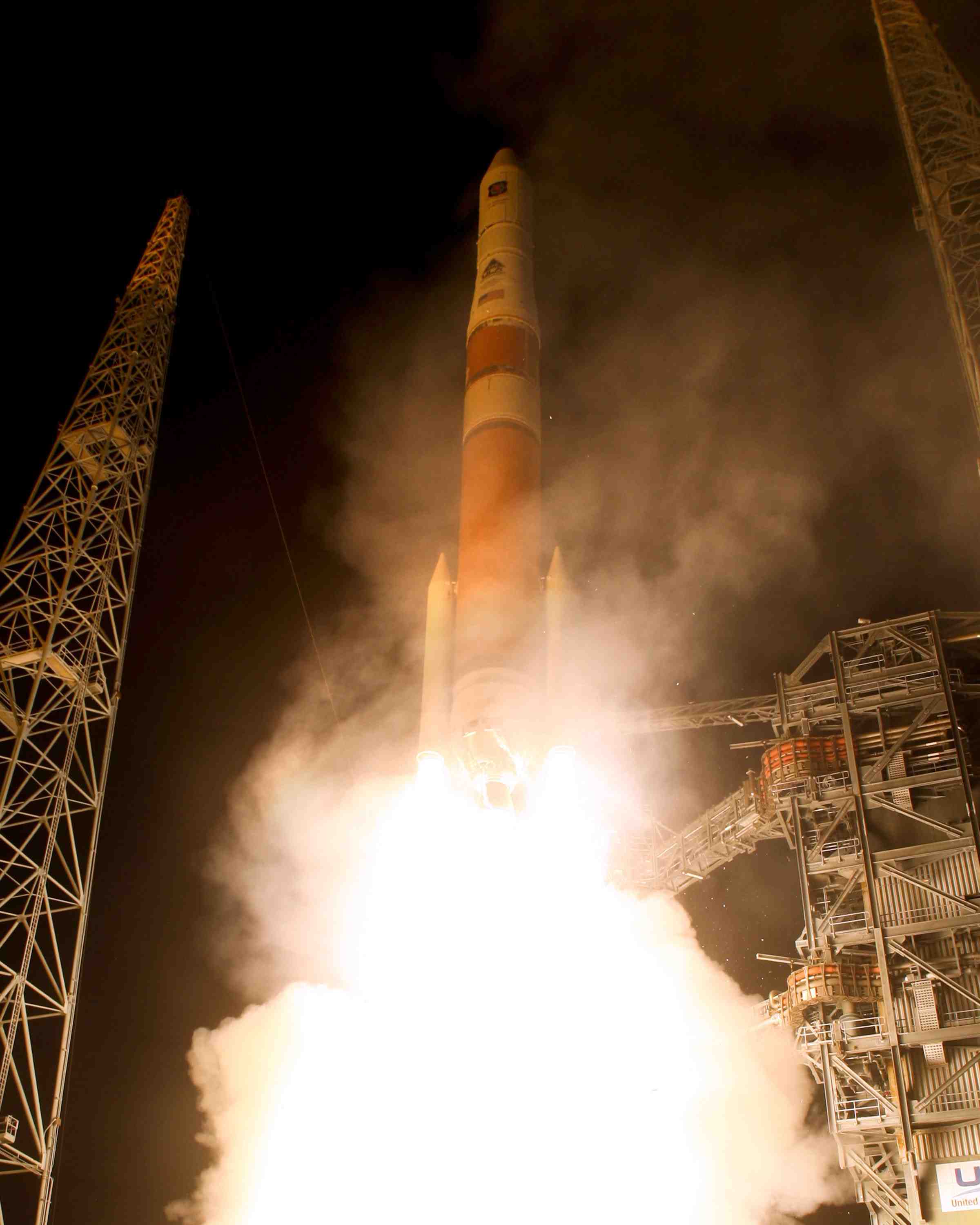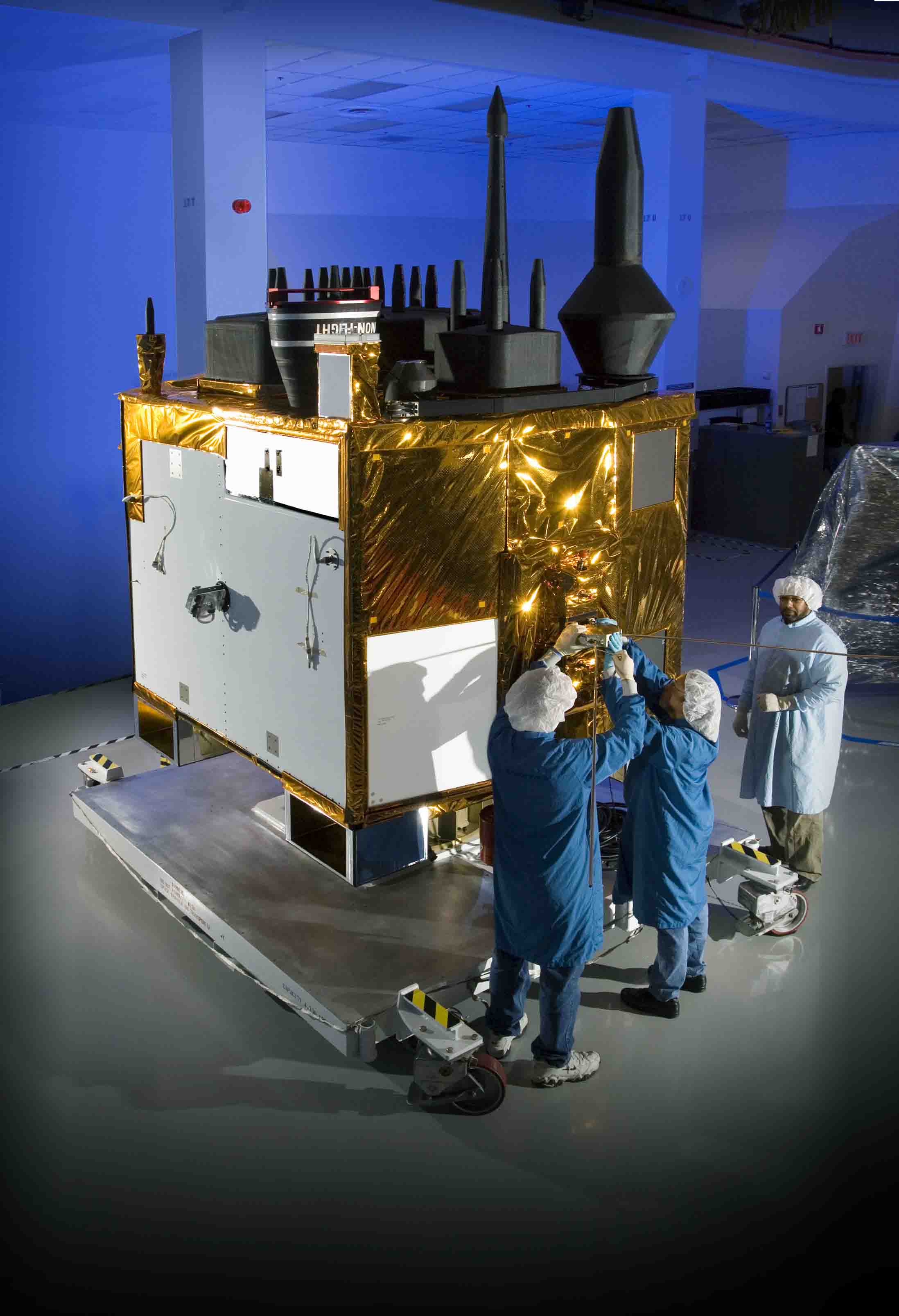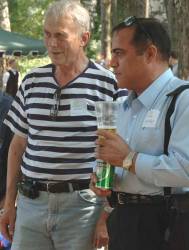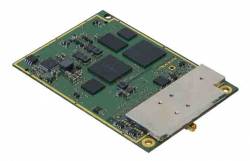Map Africa 2010

Map Africa 2010 conference and exhibition will take place at the Cape Town International Convention Centre (CTICC) in the center of Cape Town, South Africa on November 23-25, 2010.
The theme is "Geospatial Readiness for Building Africa." The conference will focus on the most pressing areas that contribute to the nation’s growth, such as infrastructure and utilities, cadastral mapping, land information management system (LIS), land policies, mining and exploration and emergency management.
By Inside GNSS


